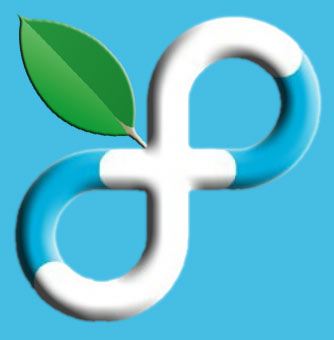GNU/Linux Fedora 39 Installing MongoDB – Step by step Guide
How to Install MongoDB NoSQL Database Community Edition Release on Fedora 39 GNU+Linux desktop/server – Step by step Tutorial.
And MongoDB for Fedora 39 (from “humongous”) is an Open-Source Document Database written in C++, and the leading NoSQL database.
Moreover, the MongoDB Database Features:
- Document-Oriented Storage >> JSON-style documents with dynamic schemas offer simplicity and power.
- Full Index Support >> Index on any attribute, just like you’re used to.
- Replication & High Availability >> Mirror across LANs and WANs for scale and peace of mind.
- Auto-Sharding >> Scale horizontally without compromising functionality.
- Querying >> Rich, document-based queries.
- Fast In-Place Updates >> Atomic modifiers for contention-free performance.
- Map/Reduce >> Flexible aggregation and data processing.
- GridFS >> Store files of any size without complicating your stack.
- Professional Support by MongoDB >> Enterprise class support, training, and consulting available.
Finally, this guide includes detailed instructions on Getting Started with MongoDB on Fedora.

-
1. Launching Terminal
Open a Shell Terminal emulator window
(Press “Enter” to Execute Commands)
2. Downloading MongoDB
Download MongoDB for Fedora GNU/Linux
Choose the Latest RHEL Release!-
3. Making Directory
Then to Make Needed Directory
Run:sudo mkdir -p /data/db
If Got “User is Not in Sudoers file” then see: How to Enable sudo
Then Set the Right Permissions:sudo chmod g+w /data/db
The User Running the MongoDB Server need Write Permission on /data/db!
4. Installing MongoDB
Now to Install MongoDB for Fedora
Simply play:sudo dnf install ~/Downloads/mongodb*.rpm
But if you are in Trouble to Find the Location on Terminal then See: How to Access Downloads Folder from Browser.
Contents